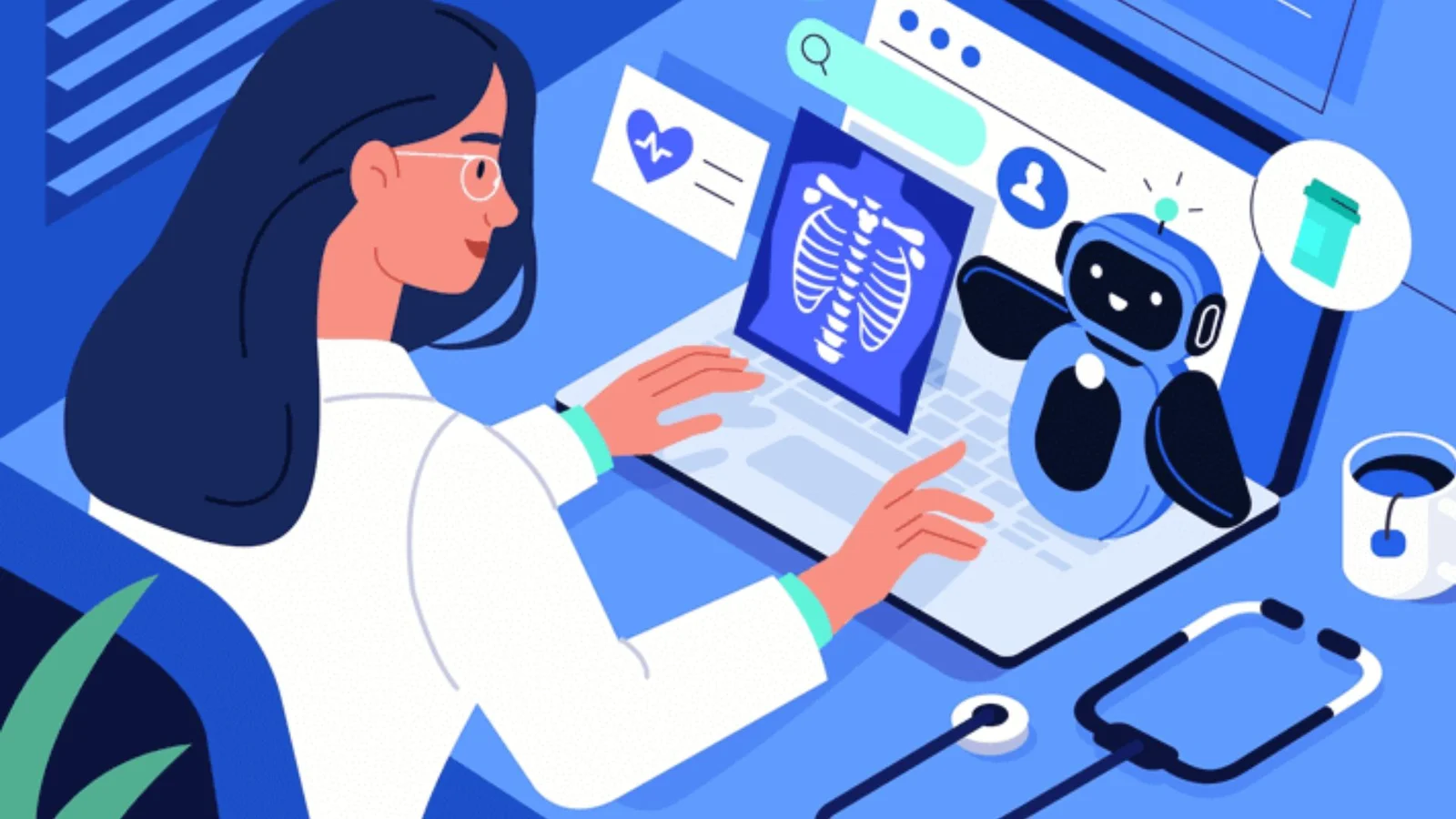Introduction
In healthcare, even the smallest error can have life-threatening consequences. Dispensing mistakes—such as giving the wrong medication, incorrect dosage, or mixing up prescriptions—are among the most common errors in pharmacies and hospitals. However, with the rise of digital health solutions, automation, and artificial intelligence, these errors are being reduced significantly.
The phrase technology minimizes dispensing mistakes perfectly sums up the role of modern systems in ensuring safer, faster, and more accurate patient care. Platforms like healthit.gov highlight how digital tools and healthcare technology are transforming medical workflows to reduce risks and improve outcomes.
Understanding Dispensing Mistakes
Dispensing mistakes occur when a patient receives the wrong medication, dosage, or instructions. These errors can happen due to:
-
Human fatigue or distractions
-
Misinterpretation of handwritten prescriptions
-
Similar drug names or packaging
-
High-volume prescription environments
-
Lack of double-check systems
While pharmacists are trained to be highly detail-oriented, the sheer workload and human limitations make mistakes inevitable in manual systems.
How Technology Minimizes Dispensing Mistakes
1. Automated Pill Counters
Devices that accurately count and dispense pills reduce human error in busy pharmacies.
2. Barcode Verification
Each medication has a unique barcode. Scanning ensures the drug matches the prescription before dispensing.
3. Electronic Health Records (EHRs)
Integrated EHRs help pharmacists cross-check prescriptions with a patient’s medical history, allergies, and current medications.
4. Artificial Intelligence
AI-powered systems can detect potential drug interactions or flag unusual prescriptions before they are filled.
5. Robotic Dispensing Systems
Robotic arms and automated machines prepare prescriptions with near-zero error rates.
6. Clinical Decision Support Systems (CDSS)
These systems alert pharmacists and doctors about potential risks, dosage errors, or conflicting drugs.
Also read:George Strait Heart Attack: Rumors, Facts, and the Truth Behind the Speculation
Benefits of Technology in Dispensing
-
Improved Accuracy
Automation removes guesswork, ensuring patients receive the correct medication. -
Time Efficiency
Pharmacists can handle more prescriptions without compromising accuracy. -
Patient Safety
Reduced errors directly translate into safer treatments and fewer hospitalizations. -
Cost Reduction
Mistakes are expensive. Technology lowers liability risks and operational costs. -
Better Documentation
Digital systems create records for every transaction, helping with audits and compliance.
Real-World Applications
-
Hospitals use robotic systems for high-volume medication dispensing.
-
Retail pharmacies rely on automated pill counters and barcode systems.
-
Long-term care facilities adopt electronic records for monitoring complex medication regimens.
-
Veterinary clinics also use technology to reduce errors in animal prescriptions.
Challenges of Implementing Technology
-
High Initial Investment – Advanced systems can be expensive.
-
Training Requirements – Staff must learn how to use new tools effectively.
-
Maintenance and Updates – Regular software and hardware maintenance is necessary.
-
Over-Reliance on Technology – Human oversight is still essential in case of technical glitches.
The Role of Health IT in Patient Safety
According to resources like healthit.gov, healthcare IT plays a crucial role in minimizing errors, improving communication among healthcare providers, and creating safer patient environments. By integrating digital solutions into pharmacy and hospital workflows, organizations can dramatically reduce dispensing mistakes and improve trust in the healthcare system.
Future of Technology in Dispensing
-
AI-Driven Predictions – Systems will not only detect errors but also predict potential risks.
-
IoT Integration – Smart pill bottles and connected devices will alert patients about missed doses.
-
Blockchain Security – Ensuring tamper-proof records of prescriptions and drug origins.
-
Voice and AR Support – Guiding pharmacists through hands-free verification processes.
Why Technology Is Essential for Pharmacies
-
Builds patient trust
-
Improves compliance with healthcare regulations
-
Reduces liability risks for pharmacies
-
Enhances workflow efficiency
-
Positions pharmacies as modern, patient-centric providers
Conclusion
The healthcare industry is evolving rapidly, and technology is leading the way in minimizing dispensing mistakes. From automated pill counters to barcode systems and AI-driven checks, pharmacies now have powerful tools to reduce risks and improve patient safety.
As highlighted by healthit.gov, technology-driven solutions are not just optional—they are essential for modern healthcare. By adopting these innovations, pharmacies and hospitals can safeguard patients, streamline workflows, and create a safer, more reliable medical system.











